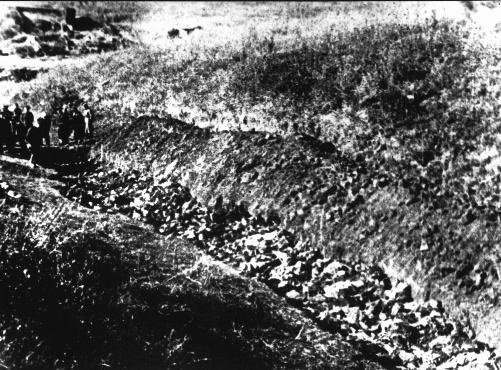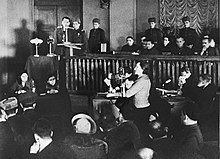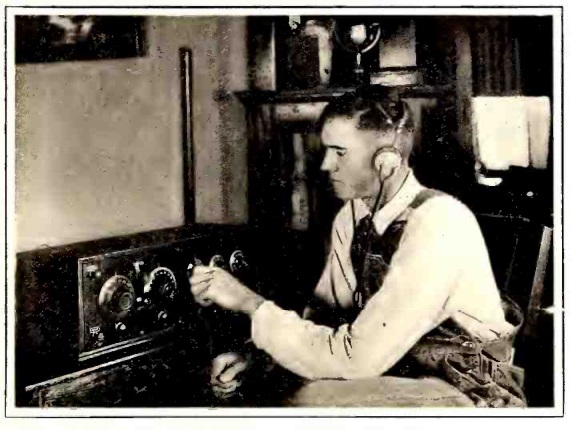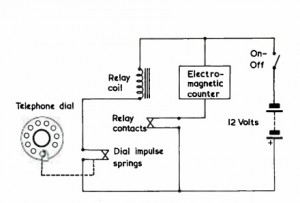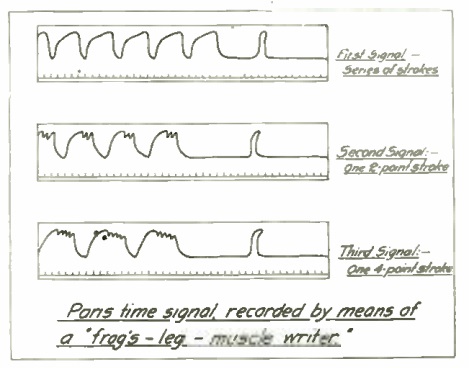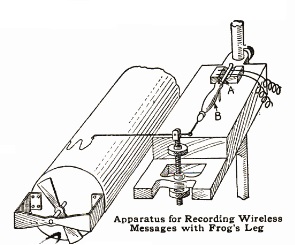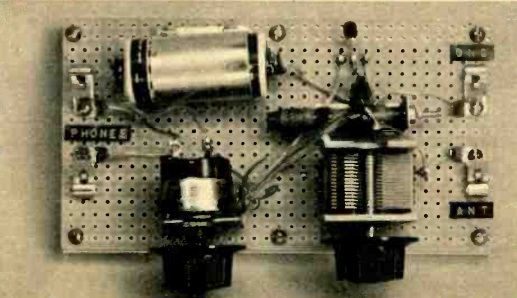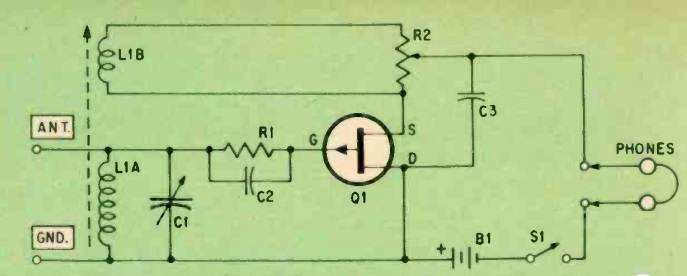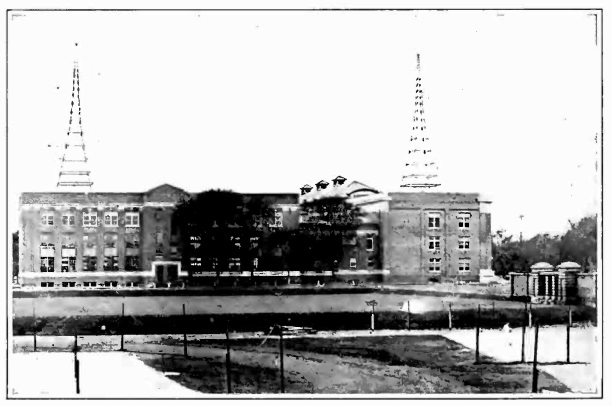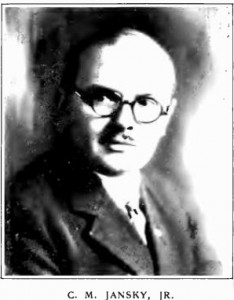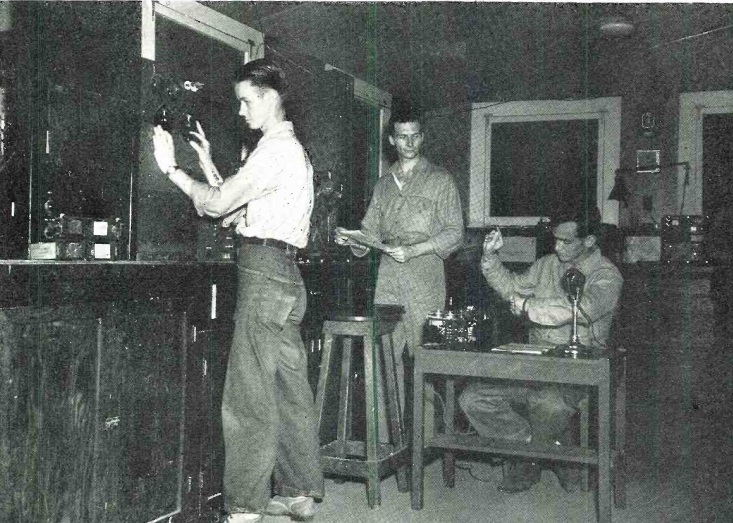Today marks the 75th anniversary of one of the largest acts of mass murder to take place during the Holocaust, the massacre at Babi Yar, on the outskirts of Kiev, Ukraine. On September 29 and 30, 1941, 33,771 Jews were killed at that ravine.
German forces entered the city on September 19, 1941. Prior to the German invasion, about 160,000 Jews had resided in the city, about 20% of the population. About a hundred thousand fled in advance of the Germans, and most of those remaining were women, children, the elderly, and the sick.
On September 29, the German military government issued the order shown here, requiring all Jews in the city to report, along with documents, money, valuable, warm clothing, and blankets.
The Nazis conducted the operation with efficiency. The Jews were ordered to proceed and give up first their luggage, then their coats, then their outer garments and shoes, and finally their underwear. By the time they knew what was happening, it was too late. By the time they heard the machine gun fire, there was no chance of escape.
They were led to a ravine about 150 meters by 30 meters. At the bottom of the ravine, they were made to lie down on top of Jews who had already been shot. A marksman, standing on the layers of corpses, then shot each in the back of the neck.
The corpses were then buried in the ravine, and the money, valuables, clothing, and even underwear was distributed to local ethnic Germans.
Shown here is Dina Pronicheva (1911-77), one of the handful of survivors of the massacre. She initially claimed that she was not Jewish and was only seeing someone off. The Germans decided to kill her anyway so that she would not be a witness. She played dead in a pile of corpses as the Nazis covered the mass grave with earth. She was eventually able to exhume herself. She was the only survivor to testify at the Kiev war crimes trial.
References
Read More at Amazon
Click Here For Today’s Ripley’s Believe It Or Not Cartoon

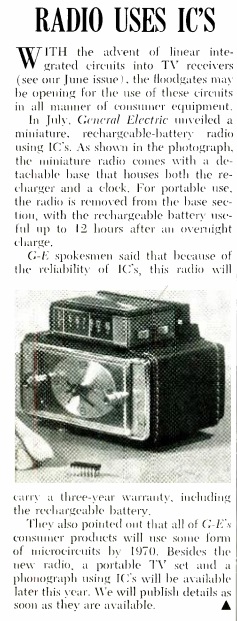 Fifty years ago, the September 1966 issue of Electronics World showed this General Electric transistor portable with a rechargeable battery. It came with a detachable base containing a clock, which also served as the charger. The battery was said to power the set for up to twelve hours after an overnight charge.
Fifty years ago, the September 1966 issue of Electronics World showed this General Electric transistor portable with a rechargeable battery. It came with a detachable base containing a clock, which also served as the charger. The battery was said to power the set for up to twelve hours after an overnight charge.![]()

